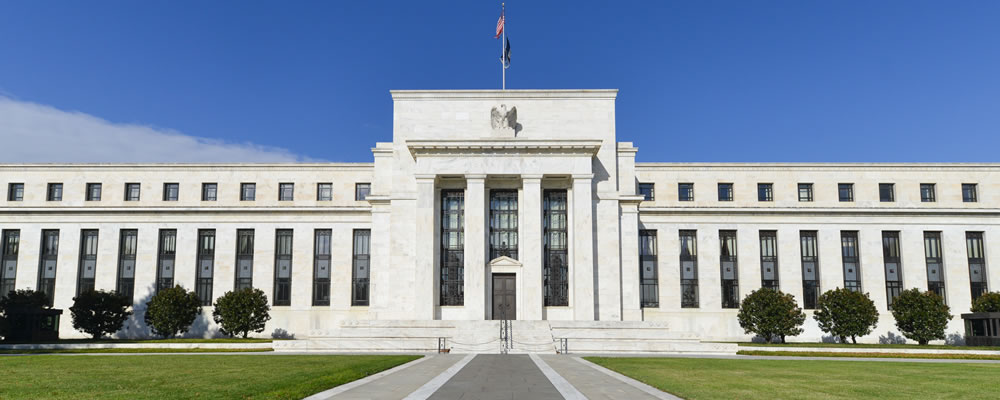Euro to US Dollar Exchange Rate Fails to Find Support amid Eurozone Growth Concerns
Despite climbing earlier this week on US Mid-Term Election results, the Euro to US Dollar (EUR/USD) exchange rate has been unable to capitalise on the US Dollar’s (USD) weakness amid disappointing Eurozone data.
This made it easier for the US Dollar to push EUR/USD lower on Friday, as investors digested the Federal Reserve’s hawkish November policy decision.
After opening the week at the level of 1.1387, the EUR/USD exchange rate briefly climbed to a fortnight high of 1.1496 before sliding back.
On Thursday evening, investors bought the US Dollar and by Friday morning EUR/USD was trending near a weekly low of 1.1338.
The US Dollar saw a solid rise in demand ahead of and after the Federal Reserve policy decision, while the Euro (EUR) fell further amid continued signs that the Eurozone’s economic activity was slowing.
Euro (EUR) Exchange Rates Unappealing as German Trade and French Production Contract
Further signs that the Eurozone’s economic activity is slowing towards the end of 2018 has left the Euro unappealing to investors in recent sessions.
Some decent Eurozone retail sales and German industrial production data on Wednesday was overshadowed on Thursday, by surprising contractions in German imports and exports.
Lastly, Friday’s session followed with the publication of France’s September industrial production report. The figure was forecast to contract from 0.3% to -0.3%, but instead slumped from a revised 0.2% to a concerning -1.8%.
These latest datasets reflect the prediction that the Eurozone economy’s strong streak is now well behind it and the bloc could continue to slow into next year. The European Commission’s (EC) latest economic forecasts for the bloc also indicated as much.
The EC cited issues such as political uncertainties in Italy and the US, as well as risks associated with the Brexit process, among the potential further risks for the Eurozone over the next year.
US Dollar (USD) Exchange Rates Climb as Federal Reserve Takes Hawkish Stance
During its November policy decision on Thursday, the Federal Reserve had little in the way of surprises but this was enough to give the US Dollar some boosted support.
As was widely expected, the bank left monetary policy frozen but also signalled that it was preparing for one more 2018 interest rate hike next month.
Reassertions that the Federal Reserve will remain hawkish for the time being have led to stronger demand, especially as the bank indicated that its monetary policy outlook was not affected by the huge October stock selloff.
Investors had been concerned that the Fed’s monetary policy outlook would be negatively influenced by the stock market drop, or the results of the US Mid-Term Elections.
As things seem to be business as usual for the time being, the US Dollar has been able to recover some of its recent losses.
Euro to US Dollar (EUR/USD) Exchange Rate Investors Anticipate Major Eurozone Growth Results
As Eurozone growth concerns keep pressure on the Euro, could the Euro to US Dollar (EUR/USD) exchange rate benefit from Eurozone growth data next week?
A slew of influential datasets will be published next Wednesday, including Q3 Gross Domestic Product (GDP) projections for both Germany and the Eurozone overall. French inflation results from October will also be published.
If Eurozone growth comes in stronger than expected, it could worsen concerns about how steep the Eurozone’s economic slowdown will be. This could make the Euro more appealing in the coming week.
Other notable Eurozone data to keep an eye on throughout next week include Germany’s October inflation rate on Tuesday and the Eurozone’s overall inflation rate on Friday.
US data could be influential too, with October inflation data due on Wednesday, October retail sales on Thursday and industrial production on Friday.
If any upcoming datasets indicate that Eurozone growth or inflation will trend more strongly than expected, this could help the Euro to US Dollar (EUR/USD) exchange rate to recover.



